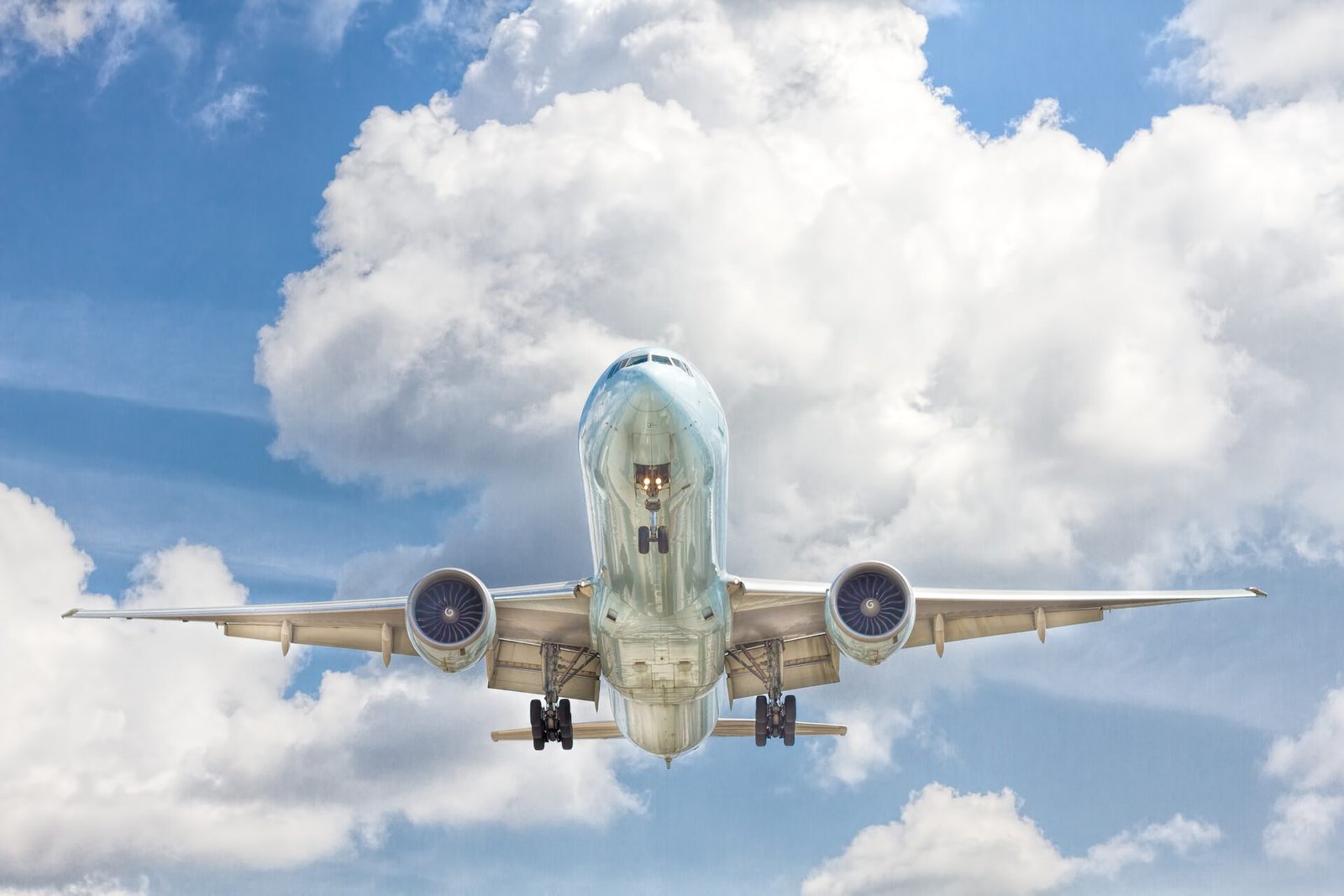On Friday night, a sense of dread became a reality for many passengers aboard an Alaska Airlines Boeing 737 Max 9 jet bound for Ontario, CA. The flight was forced to return to Portland for an emergency landing after a panel blew out just ten minutes after takeoff. Fortunately, no one was seriously injured in the incident. However, this unfortunate event has once again brought Boeing under intense scrutiny, just as the company was hoping to move past previous safety concerns.
The incident could have been far more catastrophic. The seats near the affected panel were unoccupied, and it is likely that all passengers were wearing their seat belts, as the aircraft was still climbing at an altitude of approximately 16,000 feet.
Boeing has been grappling with safety issues related to its 737 Max series of aircraft for several years now. In 2018 and 2019, two separate crashes involving the 737 Max resulted in the deaths of a total of 346 people. These tragic incidents prompted a worldwide grounding of the aircraft and a thorough investigation into the design and safety features of the model.
The emergency landing of the Alaska Airlines Boeing 737 Max 9 jet serves as a stark reminder that the safety concerns surrounding the aircraft are far from resolved. It raises questions about the effectiveness of the measures taken by Boeing to address the issues that led to the grounding of the 737 Max fleet.
Following the previous crashes, investigations revealed that a faulty automated system known as the Maneuvering Characteristics Augmentation System (MCAS) played a significant role in both accidents. The MCAS was designed to automatically adjust the aircraft’s angle of attack to prevent stalling. However, it was found to have been activated erroneously in response to faulty sensor data, causing the planes to nosedive uncontrollably.
Boeing has since made modifications to the MCAS and implemented additional safety measures to address the issues identified. The company has been working closely with aviation regulators and conducting extensive testing to ensure the aircraft’s safe return to service. In November 2020, the Federal Aviation Administration (FAA) approved the changes and lifted the grounding order for the 737 Max.
However, the recent emergency landing raises concerns about whether these modifications and safety measures are sufficient. It highlights the need for ongoing vigilance and rigorous oversight to prevent any recurrence of the previous safety failures.
Boeing now faces renewed scrutiny from regulators, airlines, and the public. The incident may further erode trust in the company’s ability to prioritize passenger safety. It also raises questions about the FAA’s decision to lift the grounding order and whether the certification process for the 737 Max was thorough enough.
The aviation industry has a responsibility to prioritize safety above all else. The emergency landing of the Alaska Airlines Boeing 737 Max 9 jet serves as a reminder that even with extensive testing and modifications, there is no room for complacency when it comes to aircraft safety. Boeing must continue to work diligently to address any remaining concerns and ensure that the 737 Max is truly safe for commercial operation.
As investigations into the recent incident unfold, it is crucial that all stakeholders collaborate transparently to identify any potential flaws in the aircraft’s design or maintenance procedures. Only through a collective effort can the aviation industry strive towards the highest standards of safety and regain the trust of passengers worldwide.

Be First to Comment